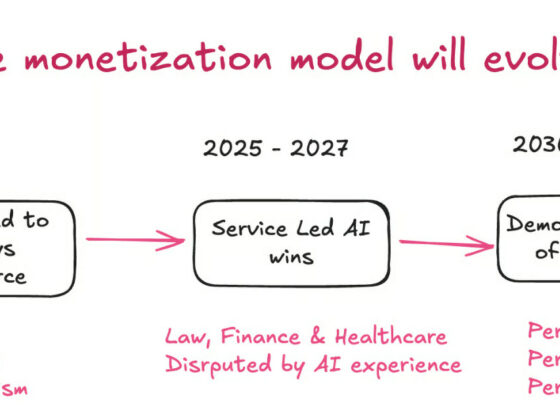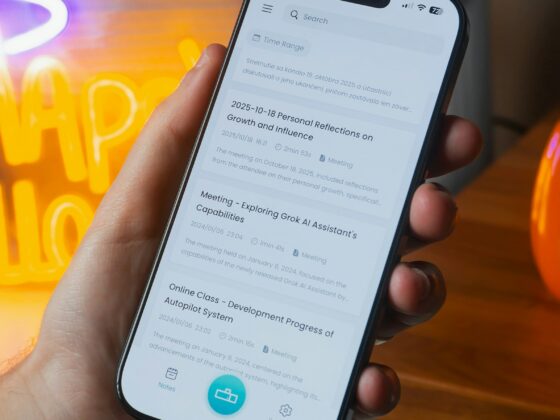
In the hospitality landscape, knowing your guests has turned into a revenue-driving strategy. Hotel data is everywhere: booking engines, guest surveys, loyalty programs, on-site behavior, and beyond. But raw data is only valuable if it’s actionable. That’s where a Customer Data Platform (CDP) steps in. It turns fragmented hotel data analytics into a crystal-clear picture of your guests and uncovers insights that drive serious revenue.
If your hotel is looking to make the most out of its data, understanding how CDPs transform guest data into real business outcomes is an essential first step.
Why Hotel Data Is the New Currency
Hospitality businesses generate massive volumes of data every day, though it’s often locked in silos: PMS hold reservation details, CRMs capture contact info, and marketing tools store campaign engagement metrics. Without integration, this wealth of information goes untapped.
A Customer Data Platform brings it all together. It is purpose-built to collect, unify, and activate customer data from multiple sources in real time. But, unlike a CRM, a CDP doesn’t just store guest information; it also connects the dots across touchpoints, giving your team a true 360° view of every guest. In short, a customer data platform bridges the gap between raw data and revenue-driving insights.
So much so, that according to McKinsey, companies that leverage customer behavior data outperform peers by 85% in sales growth and more than 25% in gross margin. So if your hotel isn’t fully leveraging its guest data, you’re leaving money on the table.
As mentioned, CDPs eliminate data silos and ensure that marketing, front desk, and revenue teams are all working from the same playbook. How? From online bookings and on-site interactions to post-stay surveys and email engagement, CDPs pull data from multiple systems and centralize it into a single, structured guest profile.
This level of hotel data management gives your teams more context that they can use for upselling campaigns, handling service requests, identifying high-value repeat guests, and more.
But let’s continue exploring how CDPs turn hotel data analytics into insights, below.
How CDPs Turn Hotel Data Analytics Into Revenue-Driving Insights
1. They Enable Personalized and Targeted Marketing Campaigns
With data analytics in the hotel industry, CDPs segment guests based on demographics, stay history, booking behavior, and even sentiment from reviews. Through these richer, unified guest profiles, you can deliver personalized messages that actually resonate with the traveler. Think beyond “first name” personalization! For instance, you can easily send spa offers to wellness-focused travelers, family-friendly packages to returning parents, or loyalty perks to frequent business guests.
This way, targeted marketing becomes smarter and more effective by using guest data to fuel relevant, timely, and effective campaigns… which helps boost both engagement and conversion rates.
2. They Drive Guest Loyalty Through Hyper-Relevant Experiences
Beyond receiving personalized messaging, travelers favor hotels that deliver hyper-relevant experiences throughout their stay. A CDP helps you deliver exactly that. From check-in to check-out (and beyond), your staff can anticipate needs and create memorable touchpoints that make guests feel seen and valued.
This can be done through simple things like remembering a room preference, offering a birthday upgrade or recommending experiences based on past behavior. In this aspect, guest data becomes a tool for guest loyalty.
3. They Fuel Data-Driven Decisions Across Departments
A major strength of CDPs is the real-time analytics they provide by surfacing actionable insights from your hotel and guest data. Therefore, hotel managers and marketers can track trends (both industry-related trends and trends specific to your hotel, such as which amenities drive the most positive reviews), test campaigns, analyze guest behaviors, and adjust pricing or services accordingly.
Furthermore, you can know exactly which types of guests respond to specific promotions, and identify underperforming segments before they impact your bottom line.
In summary, this kind of hotel data management enables strategic decisions that actually move the needle.
4. They Boost Revenue and ROI with Smart Data Activation
At the end of the day, the goal isn’t better data… it’s better results. Hotels using CDPs often see:
- Higher direct bookings (through personalized remarketing)
- Increased ancillary revenue (via targeted upselling)
- Greater marketing efficiency (fewer wasted impressions)
- Improved guest retention (through relevance and engagement)
- More efficient operations (through better resource allocation)
- Reduced churn (through improved loyalty and engagement)
The great thing about CDPs is that it gives you the right data, in the right format, at the right time. And that’s the secret behind turning guest insights into revenue-driving actions.
Why It Matters Now
The hospitality sector is shaped by rapid shifts in guest expectations, changing technology and competition. Consequently, the ability to act on real-time insights is a game-changer. And with third-party cookies on the decline, first-party guest data —the kind a CDP thrives on— is your most valuable asset.
Ready to Turn Your Guest Data into Growth?
Whether you manage a boutique hotel or a global chain, investing in a CDP can transform how you connect with guests and make decisions. It’s more than a tool—it’s a strategy for sustainable growth.
Explore our CDP solution and see how TrustYou helps hoteliers unlock the full potential of their data.







